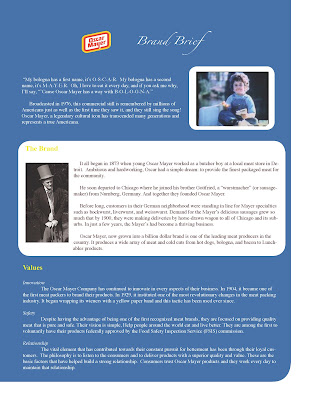With the world becoming increasingly time deprived, consumers are always under pressure of making the right choices with their time। With the advent of vehicles such as YouTube and On-Demand (Comcast), consumers are no longer wasting their time watching content they are not interested in। They watch programs that they like and only when they want to। This trend has a major impact on TV and Print media as they are beginning to see a decline in viewership growth। In TV for instance, it certainly does not mean that every channel in the future would only be an on-demand channels, but they would comprise of the majority while a few traditional heavyweights such as ABC would still cater to the broader audience such as families watching football over the weekends. The Print media would also need to capitalize on this trend by making their contents available online and it would also increase the “life” of its content. This concept of on-demand vs a regular channel is similar to the online shopping vs retail shopping concept where online shopping is growing at the expense of retail units with big players still going strong. Integrating advertising as a part of the on-demand content is the next wave for connecting with this sophisticated audience.
More than the concepts mentioned above, the biggest change would come from the use of RFID technology। RFID in simpler terms is a chip (size of only a grain of sand) with a barcode embedded in a product enabling wireless devices such as radio to recognize what product it is। This technology would revolutionize our lifestyles forever। Think of this, a consumer get into a cab in New York, the cab display reads the RFID barcode from his glasses, and tells the cab driver that it is an expensive designer glasses bought by Bob Walters who lives at this address। Now not only does he know where he lives, but he even knows how much Bob earns based on his willingness to spend for the designer glasses। With this technology, media would be everywhere। Bob’s cab ride would be a fun, interactive ride home. The first ad that the comes on his display at the rear seat would be an ad for laser eye surgery. With this technology, your tie would read our closet and suggest (to a display) which suit it would best look good with or may even tell you of the new matching cuff links at Macy’s.
The biggest benefactor of these changes is the advertising industry। Advertising would no longer be seen as a menace. The industry would shift from push advertising to pull advertising. Combining On-Demand, Social Media (Facebook, Blogs) and RFID media elements for marketing would be advertising’s biggest weapon. Through these media we can precisely know the interests of our target, send informative messages and use their power of voice to promote the brand. The catered message would be useful and not intrusive.
Media and Advertising are now on the verge of experiencing this revolutionary phase। Every message would be relevant. Efficiency and measurability would be down to every single penny spent. As these new media channels grow, we will constantly find newer ways to incorporate and engage our brands with consumers.
Wednesday, April 16, 2008
The future of media and advertising
Media is the new creative folks!
Advertising in the last decade has undergone major transformation in its structure. The big agencies have separated some of their media divisions into separate entities in an effort to cut costs for their clients and make more profit for their Umbrella Corporation. The media agencies make corporate tie-ups with various clients and sell bulk media space for cheap.
As a result of this transformation, no longer are clients willing to pay the 15% agency fee. They buy their own media, come to the agencies just for the creative and pay them by the hour. It is now a whole new ball game that has been majorly impacted by the media evolution. This trend all the more suggests the importance of a media planner. Ad agencies can no longer ignore these changes and will have to adapt to the new environment accordingly. I also believe that creativity is not limited to any positions and it exits in all aspects of lives. Media has always been creative, but previously never shared limelight.
This is a very exciting period in the advertising industry. With consumer touch contact points and ad blockers (Tivo, etc.) increasing, media planners now will have be more creative than ever. Everyday a new website springs up that even more precisely fits our description of the target audience. It has grown to a point where you can track the purchase behavior of an individual and send them customized messages. These facts clearly show why media is the new creative and suggests that this trend is here to stay.
























